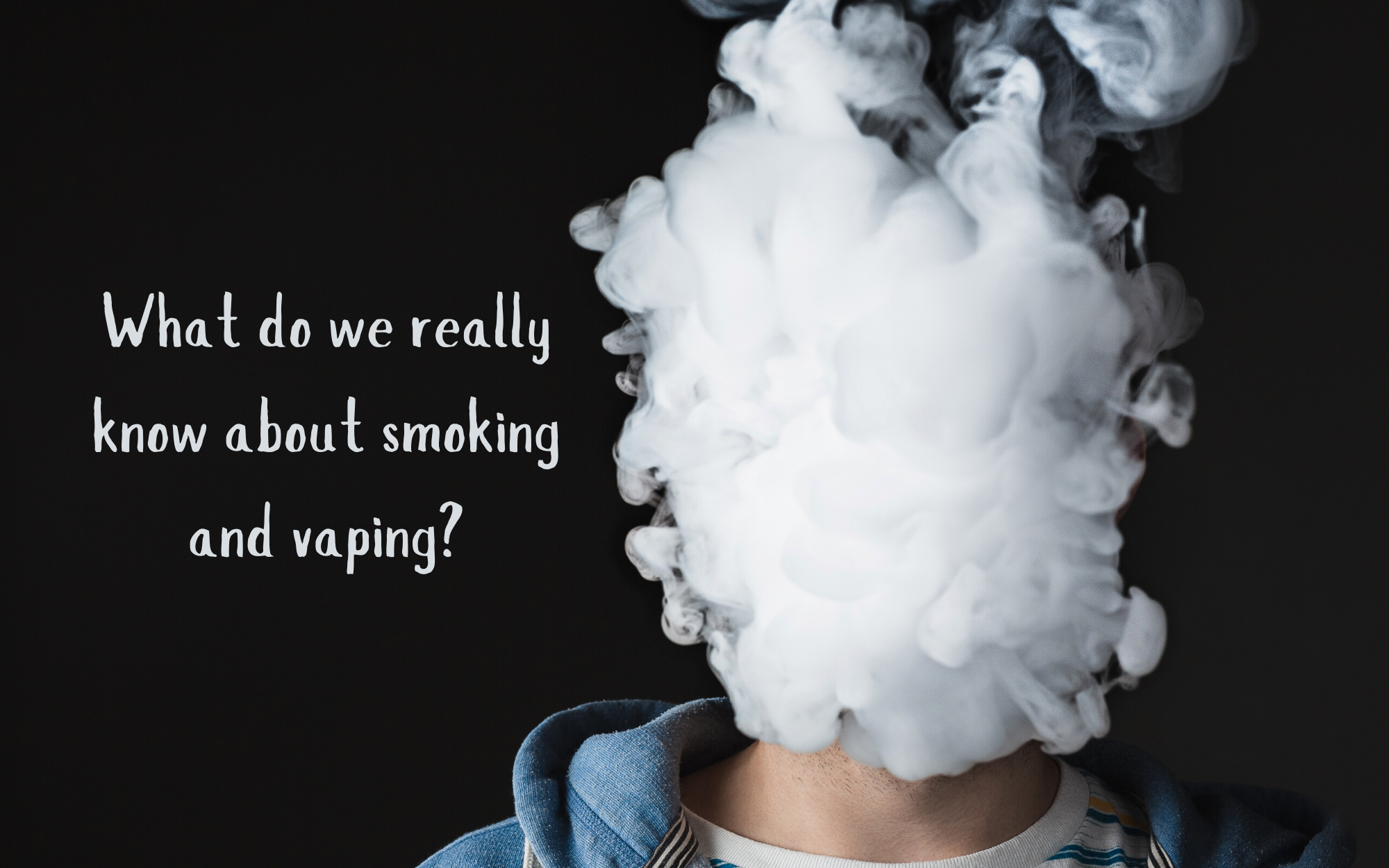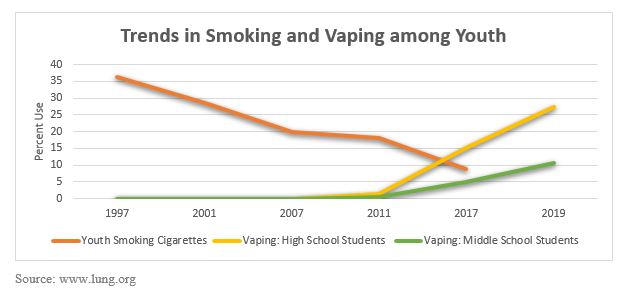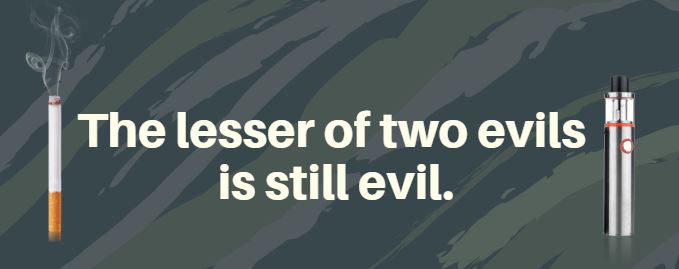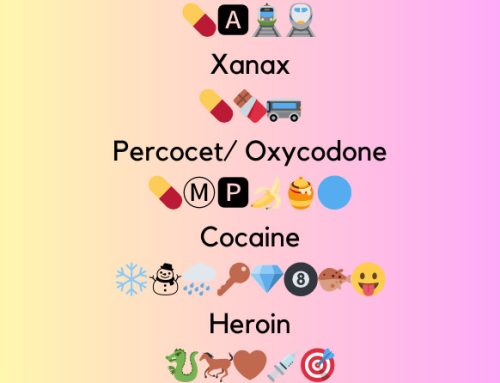
Cigarette smoking has been declining over the past 50 years. In 1965, over 42% of adults were smokers compared to less than 14% in 2018, while the rate of youth smokers dropped from its high of 36% in 1997 to barely 9% in 2017 (American Lung Association, n.d.). Trends in the use of electronic cigarettes/ vaping products, however, appear to be making up for it. From 2011 to 2019, the percentage of high school students who used e-cigarettes increased from 1.5% to 27.5% and from 0.6% to 10.5% among middle schoolers.
 The perception is that vaping is safer than smoking cigarettes, but is that true? Studies have shown that there are far fewer toxic chemicals in vape products than in traditional cigarettes. Having fewer chemicals is better, but not good.
The perception is that vaping is safer than smoking cigarettes, but is that true? Studies have shown that there are far fewer toxic chemicals in vape products than in traditional cigarettes. Having fewer chemicals is better, but not good.
Most vaping liquids still contain nicotine which is addictive even in very low doses. Another concerning chemical is a thickening agent used in vape liquids called vitamin E acetate which has been found in the lung fluid samples of patients with lung injuries caused by vaping (Blaha, n.d.). As research continues, the data suggest that chronic diseases including asthma and cardiovascular disease are associated with vaping. Vaping also exposes the user to heavy metals like tin and lead as well as flavoring agents including diacetyl, a chemical known to cause lung disease. Even scarier is what we don’t yet know: the unknown chemicals in the liquid and in the metal devices used to heat and vaporize it.

Consider the risks of using vaping products:
- Teens who use vape products are 4x more likely to smoke traditional cigarettes.
- Improper storage or modification of vaping devices can explode causing burns or other injuries.
- E-liquid exposure by ingestion, injection, or contact with skin or eyes can cause seizures, vomiting, lactic acid buildup, brain injury, or death.
- Some e-cigarettes marketed as having zero nicotine were found to contain nicotine (Goniewicz, et al., 2015).
Knowing these risks, why is it that adolescents and young adults are choosing to vape at such a rapidly increasing rate? The top 3 reasons youth give for using e-cigarettes are 1) a friend or family member uses them, 2) they taste good, and 3) they are safer than cigarettes. As with most prevention topics, education is key. Here are a few of the educational programs available through the American Lung Association:
- Not On Tobacco® (N-O-T) is the American Lung Association’s voluntary quit smoking program for teens ages 14 – 19. Over the 10-week program, participants learn to identify their reasons for smoking, healthy alternatives to tobacco use and people who will support them in their efforts to quit. Call 1-800-LUNGUSA (1-800-586-4872) or email NOT@Lung.org to learn more.
- Intervention for Nicotine Dependence: Education, Prevention, Tobacco and Health (INDEPTH) is an alternative for students who face suspension for violation of school tobacco, vaping, or nicotine use policies. Students participate in a series of interactive educational sessions administered by an adult facilitator in either a one-on-one or group format in a school or community-based setting. Visit Lung.org/INDEPTH, call 1-800-LUNGUSA (1-800-586-4872) or email INDEPTH@Lung.org to learn more.
Sources:
American Lung Association. (n.d.). Overall tobacco trends. https://www.lung.org/research/trends-in-lung-disease/tobacco-trends-brief/overall-tobacco-trends#:~:text=Long%20term%2C%20cigarette%20smoking%20rates,to%2013.7%20percent%20in%202018.
Blaha, M. J. (n.d.). 5 vaping facts you need to know. https://www.hopkinsmedicine.org/health/wellness-and-prevention/5-truths-you-need-to-know-about-vaping
Goniewicz ML, Gupta R, Lee YH, et al. Nicotine levels in electronic cigarette refill solutions: a comparative analysis of products from the United States, Korea, and Poland. Int J Drug Policy. 2015;26(6):583–588.




